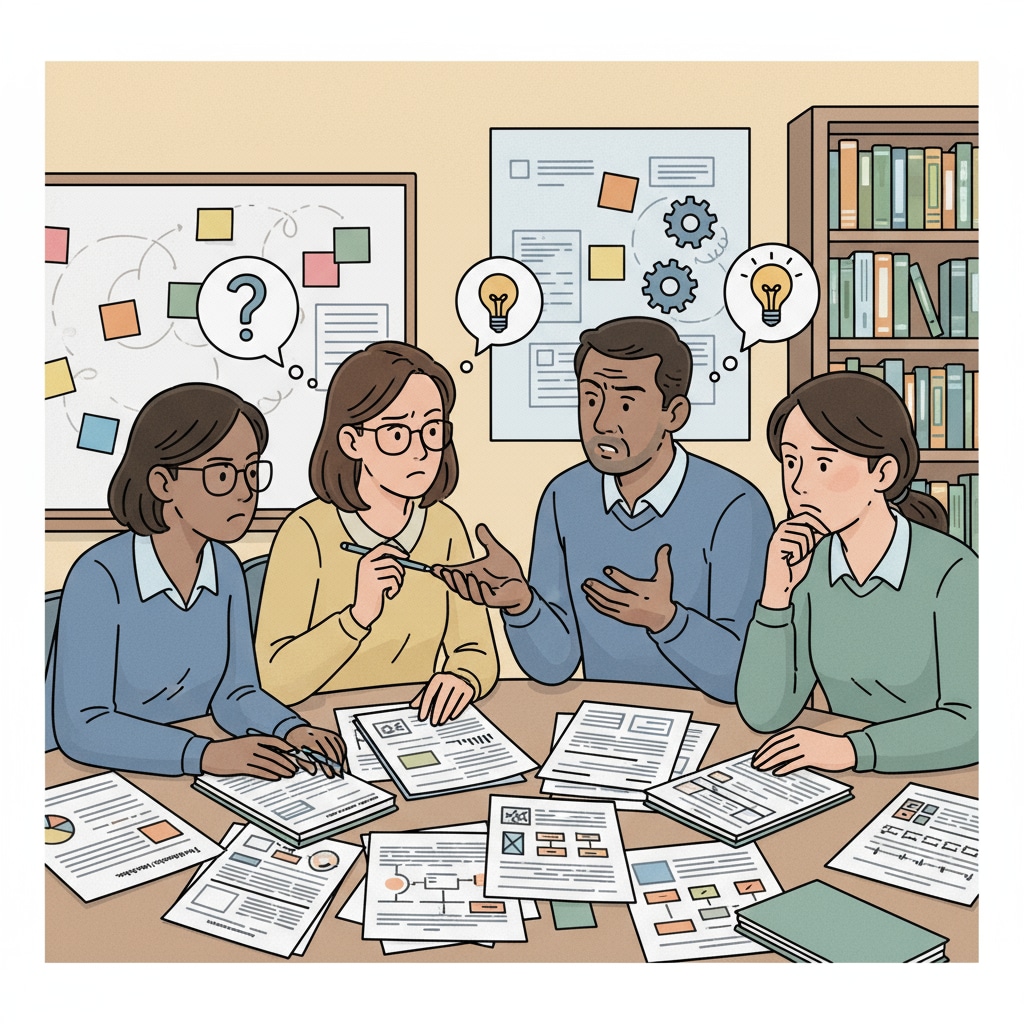In the realm of special education, special educators often grapple with comprehension difficulties when it comes to Individualized Education Programs (IEP). These documents are crucial for tailoring education to meet the unique needs of students with disabilities. However, understanding them thoroughly can be a complex task.

The Complexity of IEP Documents
IEP documents are filled with a wealth of information. They detail a student’s present levels of academic achievement, goals for the upcoming period, and the specific services and accommodations they require. However, the language used can be highly technical. For example, terms like “response to intervention” and “functional behavioral assessment” may be unfamiliar to some educators. This technical jargon makes it challenging to fully understand the document’s implications. According to Understood.org, many educators struggle with decoding these complex terms.

Factors Contributing to Comprehension Difficulties
One factor is the lack of standardized training. Different regions and institutions may offer varying levels of training on IEP interpretation. As a result, some educators may not have a comprehensive understanding of how to read and implement these plans. In addition, the individualized nature of IEP means that each document is unique. This variability can be overwhelming, making it difficult to establish a set pattern for understanding. Another aspect is the time constraint. Educators often have heavy workloads, leaving them with limited time to thoroughly analyze each IEP.
Strategies for Overcoming Comprehension Challenges
Professional development is key. Special educators should seek out workshops and courses focused on IEP interpretation. These can provide in-depth knowledge and practical skills. Collaborating with colleagues is also beneficial. By sharing experiences and insights, educators can gain different perspectives on understanding IEPs. Creating a checklist or guide for reading IEPs can streamline the process. This way, educators can ensure they cover all essential elements. Moreover, regular communication with parents and related service providers can clarify any uncertainties. According to American Speech-Language-Hearing Association, effective communication is vital in the special education process.
In conclusion, while special educators face comprehension difficulties when dealing with IEP documents in special education, there are practical strategies to overcome these challenges. By addressing the factors contributing to the difficulties and implementing effective strategies, educators can better utilize IEPs to support the educational journey of students with special needs.
Readability guidance: Short paragraphs and lists are used to summarize key points. Each H2 has a list or clear explanation. Passive voice and long sentences are kept to a minimum. Transition words like ‘however’, ‘in addition’, etc. are used throughout the text.


